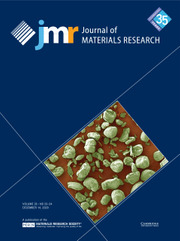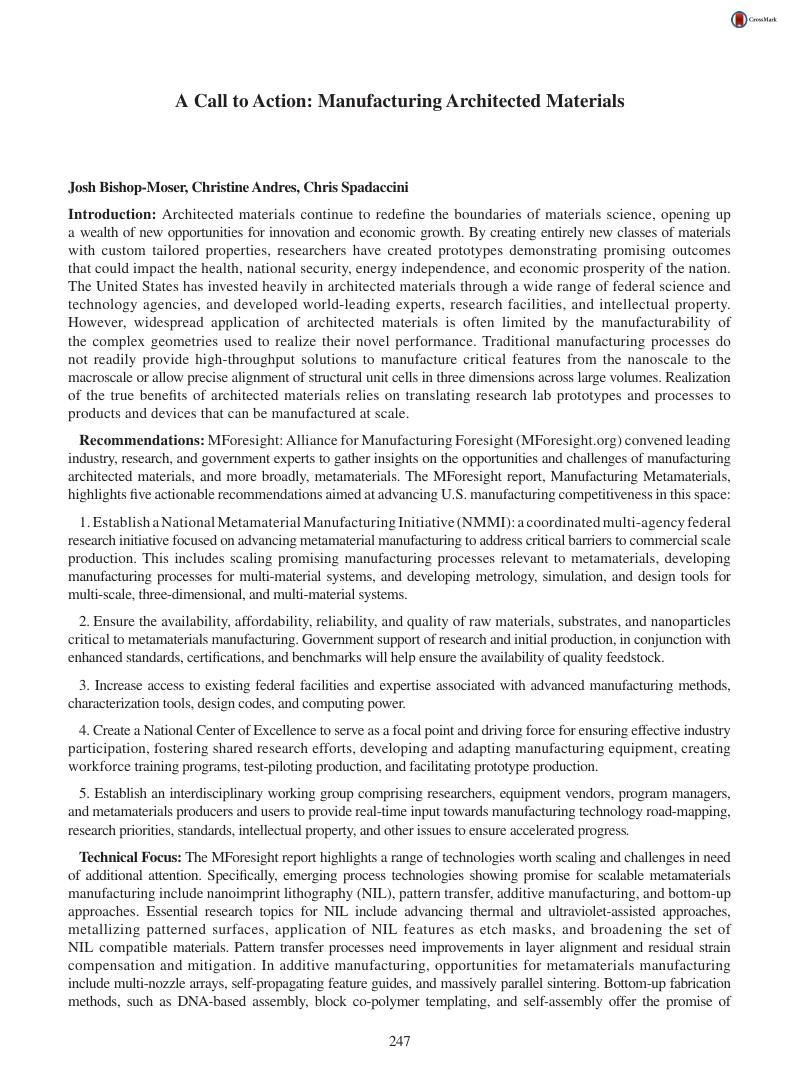Crossref Citations
This article has been cited by the following publications. This list is generated based on data provided by Crossref.
Torres Arango, Maria A.
Zhang, Yugang
Li, Ruipeng
Doerk, Gregory
Fluerasu, Andrei
and
Wiegart, Lutz
2020.
In-Operando Study of Shape Retention and Microstructure Development in a Hydrolyzing Sol–Gel Ink during 3D-Printing.
ACS Applied Materials & Interfaces,
Vol. 12,
Issue. 45,
p.
51044.


